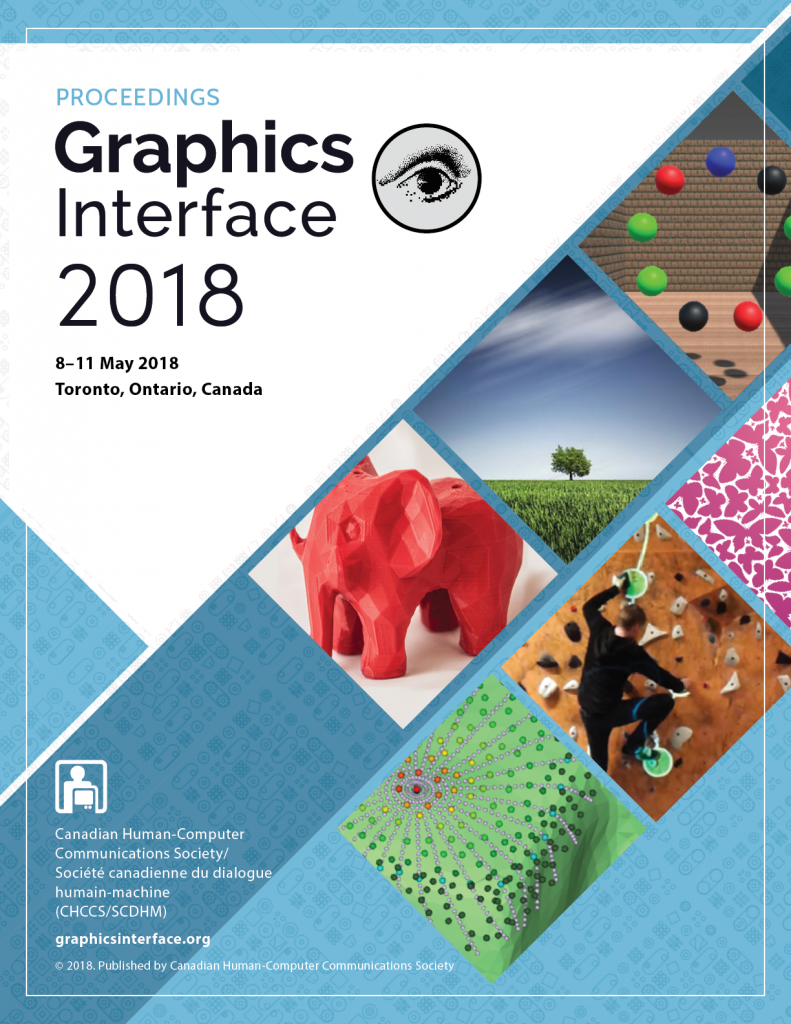BibTex
@inproceedings{Padia:2018:10.20380/GI2018.05,
author = {Padia, Kalpesh and Bandara, Kaveen Herath and Healey, Christopher G.},
title = {Yarn: Generating Storyline Visualizations Using HTN Planning},
booktitle = {Proceedings of Graphics Interface 2018},
series = {GI 2018},
year = {2018},
isbn = {978-0-9947868-3-8},
location = {Toronto, Ontario},
pages = {26 -- 33},
numpages = {8},
doi = {10.20380/GI2018.05},
publisher = {Canadian Human-Computer Communications Society / Soci{\'e}t{\'e} canadienne du dialogue humain-machine},
}
Abstract
Existing storyline visualization techniques represent narratives as a node-link graph where a sequence of links shows the evolution of causal and temporal relationships between characters in the narrative. These techniques make a number of simplifying assumptions about the narrative structure, however. They assume that all narratives progress linearly in time, with a well defined beginning, middle, and end. They assume that at least two participants interact at every event. Finally, they assume that all events in the narrative occur along a single timeline. Thus, while existing techniques are suitable for visualizing linear narratives, they are not well suited for visualizing narratives with multiple timelines, nor for narratives that contain events with only one participant. In this paper we present Yarn, a system for generating and visualizing narratives with multiple timelines. Along with multi-participant events, Yarn can also visualize single-participant events in the narrative. Additionally, Yarn enables pairwise comparison of the multiple narrative timelines.





















































